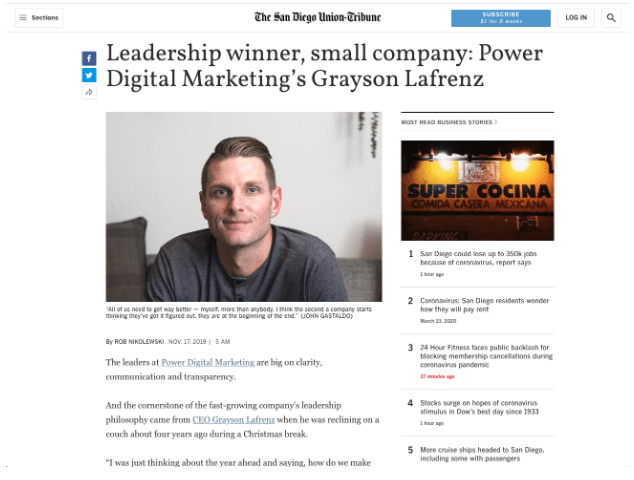Our blog
CB Nation Features Antonio Johnson to Share One of the Best Industries for Disruption

Table of contents
Antonio Johnson is our VP of client success here at Power Digital. He shares how the healthcare industry is very ripe and ready for disruption. Due to the mobile platform growing and ramping up, now is the time for healthcare professionals to monetize the digital space. Check out the full article below!
Link to article:
Our Editorial Standards
Reviewed for Accuracy
Every piece is fact-checked for precision.
Up-to-Date Research
We reflect the latest trends and insights.
Credible References
Backed by trusted industry sources.
Actionable & Insight-Driven
Strategic takeaways for real results.








